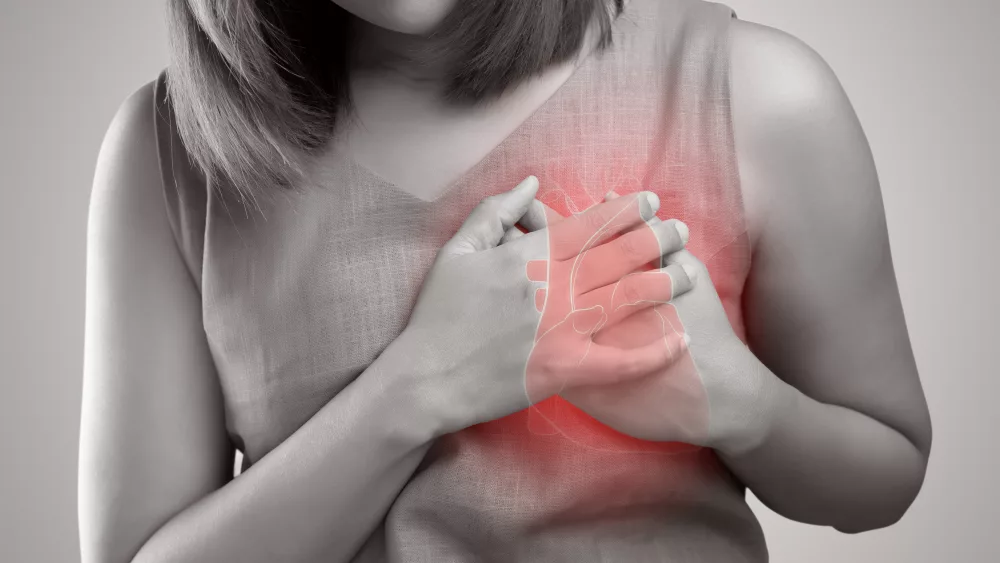
With summer now upon us here in the North Bay, we are fortunate to enjoy an abundance of natural beauty and a vibrant, outdoor lifestyle. Many of us are already making plans to enjoy our beautiful sun-kissed beaches and invigorating hiking trails. While there are benefits from sun exposure—such as producing Vitamin D and enhancing emotional well-being—ultraviolet (UV) rays from the sun can also cause damage to our skin. One of the most serious risks of time in the sun is skin cancer.
As the most common form of cancer in the United States, skin cancer is a big health concern that affects millions of people every year. Fortunately, it is also one of the most curable cancers that can be easily treated when diagnosed early. By understanding how skin cancer develops, the types of skin cancer and how to prevent it, we have a better likelihood of lowering our risk of the disease.
What is skin cancer?
Skin cancer develops when abnormal cells in the skin grow uncontrollably and form tumors. It primarily develops on areas of the body that receive the most sun exposure, including the scalp, face, arms, neck and ears. The primary cause is exposure to UV radiation from the sun, which causes damage to our skin cells’ DNA, leading to mutations that can cause skin cancer. Other risk factors include genetics, having fair skin, being prone to sunburns and having a weak immune system.
Types of skin cancer
According to the Skin Cancer Foundation, the most common type of skin cancer, basal cell carcinoma (BCC), affects more than 4 million people in the United States each year.
Squamous cell carcinoma (SCC) is the second most common type of skin cancer, with more than 1 million people in the U.S. diagnosed each year. SCC is caused by an overproduction of squamous cells on the top layer of the skin and, like BCC, frequently develops on areas of the skin that receive the most sun exposure.
A less common type of skin cancer, melanoma, is a more serious type of cancer that begins in cells found in the upper layer of the skin called melanocytes. Melanoma occurs when DNA damage from sunburns or tanning due to UV radiation triggers the melanocytes to mutate, resulting in uncontrolled cellular growth. Due to its ability to spread to other organs more rapidly if it is not treated at an early stage, melanoma is one of the most dangerous forms of skin cancer.
Prevention
Luckily, there are several measures people can take to prevent and treat skin cancer. In fact, when detected early, the five-year survival rate for melanoma is 99 percent.
One of the most effective ways to prevent melanoma and squamous cell carcinoma is to apply sunscreen. For everyday wear, be sure to use sunscreen with a broad-spectrum (UVA/UVB) of SPF 15 or higher. For extended outdoor activity, be sure to use a water-resistant, broad-spectrum (UVA/UVB) sunscreen with an SPF of 30 or higher
Shielding the skin from the sun with long sleeves, pants, sunglasses and hats offers great, long-lasting protection as well. Some of today’s clothing even contains ultraviolet-blocking material that allows just one-fiftieth of the ultraviolet radiation to reach our skin.
UV damage can add up, so when spending time outdoors, protecting yourself from the sun as much as possible will lower the chances of skin cancer and keep your skin looking youthful and healthy.
Be sure to also frequently check your skin for any changes, such as new or growing spots. Don’t dismiss anything that looks even slightly suspicious. Only a dermatologist can diagnose whether or not it’s skin cancer.
Dr. Matthew Koehler’s specialties are in treating and preventing skin cancers including melanoma, basal cell carcinoma and squamous cell carcinoma. His practice includes general dermatology, surgical dermatology and cosmetic dermatology. Call 415-499-0100.



